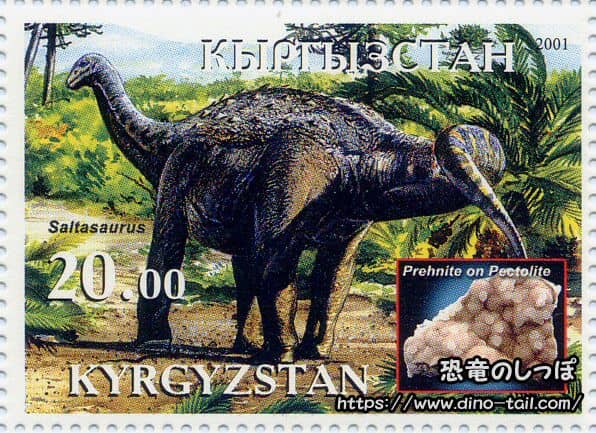About Saltasaurus
| Scientific Name (Genus) | Saltasaurus |
| Meaning of Name |
Lizard from Salta (a province in northwestern Argentina)
Salta (place name) - saurus (lizard) [Greek] |
| Classification | Saurischia, Sauropodomorpha (Sauropoda, Saltasauridae) |
| Total Length | Approx. 8 - 13m |
| Diet | Herbivorous |
| Period | Late Cretaceous (approx. 70 million years ago) |
| Species | Saltasaurus loricatus |
| Year of Paper Publication | 1980 |
| Description Paper |
A continental assemblage of tetrapods from the Upper Cretaceous beds of El Brete, northwestern Argentina (Sauropoda-Coelurosauria-Carnosauria-Aves).
Mémoires de la Société Géologique de France, Nouvelle Série 139. by J.F. Bonaparte and J.E. Powell. 1980. |
Features
Saltasaurus was a titanosaurian sauropod that lived in South America during the Late Cretaceous. Although relatively small for a sauropod, its body was equipped with amazing features.
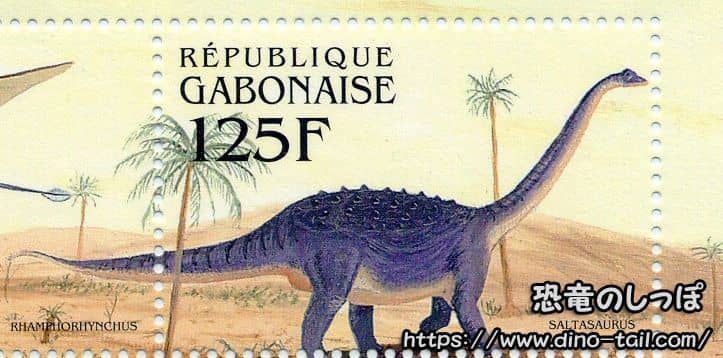
Its most distinctive feature was the armor (osteoderms) that covered its back. Its skin was densely embedded with small, pea-sized bony nodules, interspersed with larger bony plates over 10 cm in diameter that had spike-like projections. Also, unlike many other sauropods, it is thought to have walked with a sturdy, 'wide-gauge' stance, with its legs spread far apart.
As adults, their backs were covered with large and small bony plates, ranging from 7 mm to 12 cm in diameter, to protect against attacks from carnivorous dinosaurs. It is thought that the young were protected within the herd.
It is estimated to have been 8-13 meters long and weighed 2.5-7 tons, which is small for a Late Cretaceous sauropod.
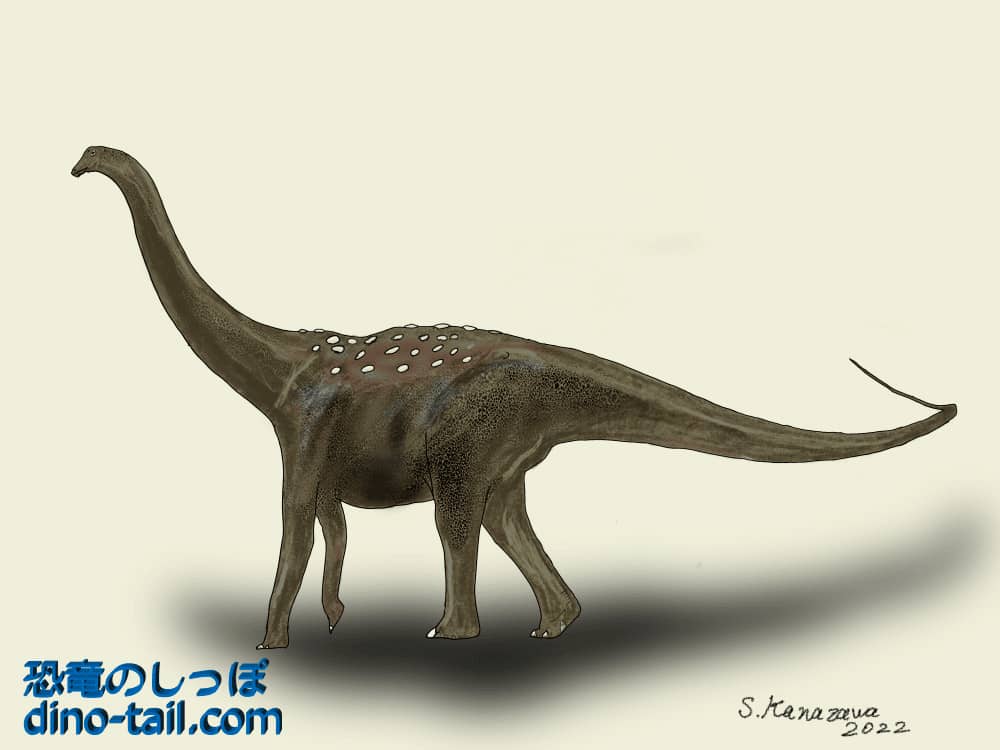
The 'Armored Sauropod' That Overturned Common Knowledge
The discovery of Saltasaurus was a truly 'revolutionary' event that completely changed the scientific image of sauropods.
Until it was described in 1980, sauropods were thought to be defenseless dinosaurs that, despite their huge size, had no armor-like protection. In fact, any armor bones (osteoderms) found with sauropod fossils before then were all mistaken as belonging to 'a nearby ankylosaur.'
However, the fossils of Saltasaurus were discovered with armor bones found together with the skeleton, which were undeniably from the same individual. This was the first conclusive evidence in history that sauropods had evolved active defensive measures in the form of 'armor,' not just relying on their great size. This discovery ushered in a new era of sauropod research and prompted researchers around the world to re-examine past specimens.
Fossil Discovery and Description Paper
From 1975-1977, the Argentine paleontologist José Bonaparte, who discovered many dinosaurs of the Southern Hemisphere, and his team excavated a sacrum.
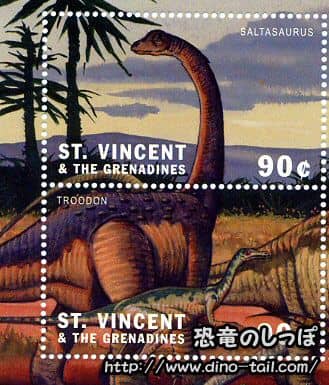
The discovery at El Brete in Salta Province, northwestern Argentina, was reported in the 1977 academic paper 'Hallazgo de dinosaurios y aves cretacicas en la Formación Lecho de El Brete (Salta), proximo al limite con Tucumán.'
In 1980, the new genus and species Saltasaurus loricatus was described by its discoverers, José Fernando Bonaparte and Jaime Eduardo Powell. The genus name 'Saltasaurus' comes from the discovery site, Salta Province, and the species name 'loricatus' is Latin for 'protected by small armored plates.'
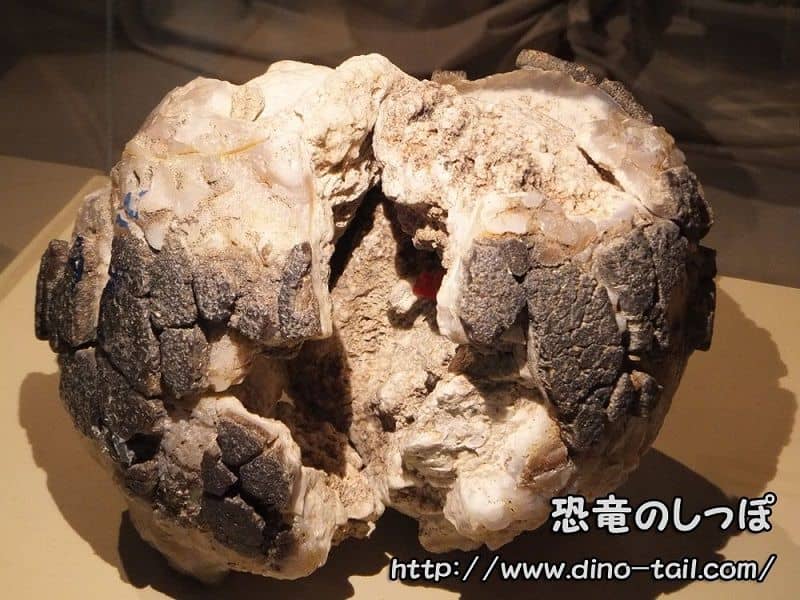
The inside of the shell has crystallized. Part of an embryo that was still growing can be seen inside the 11 cm diameter egg.
Many of the eggs found at this site are thought to belong to Saltasaurus or its close relatives, and some contained embryos with skin impressions preserved. This discovery revealed that they gathered in the same place every year to lay their eggs in groups, much like modern sea turtles and seabirds.
Saltasaurus Stamp & Fossil Gallery
